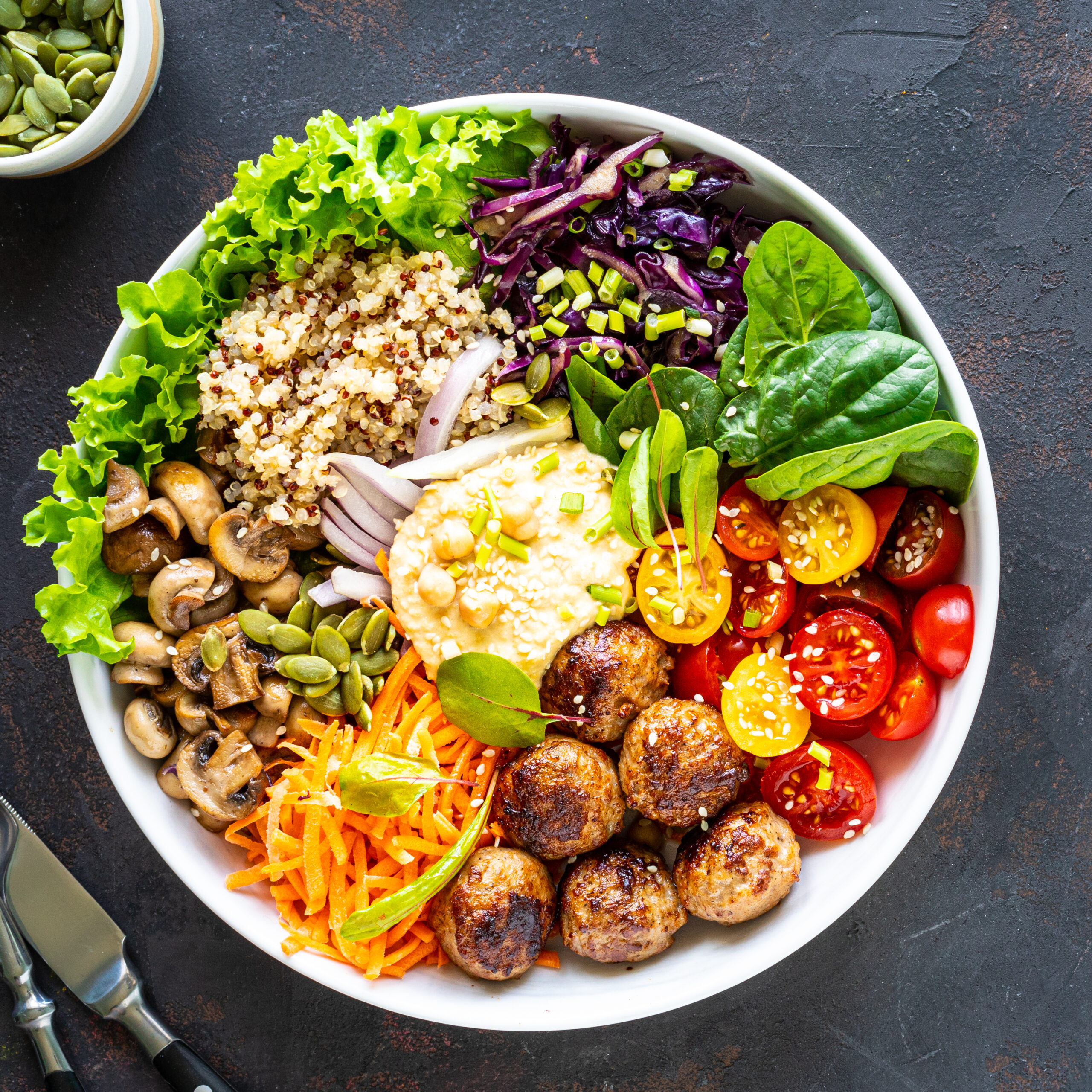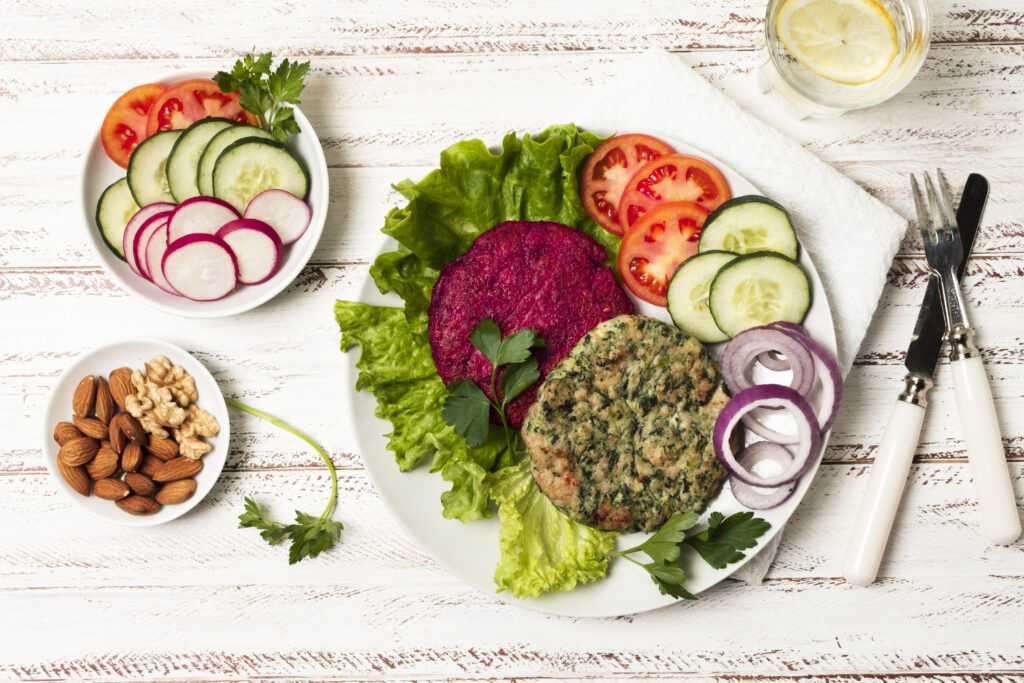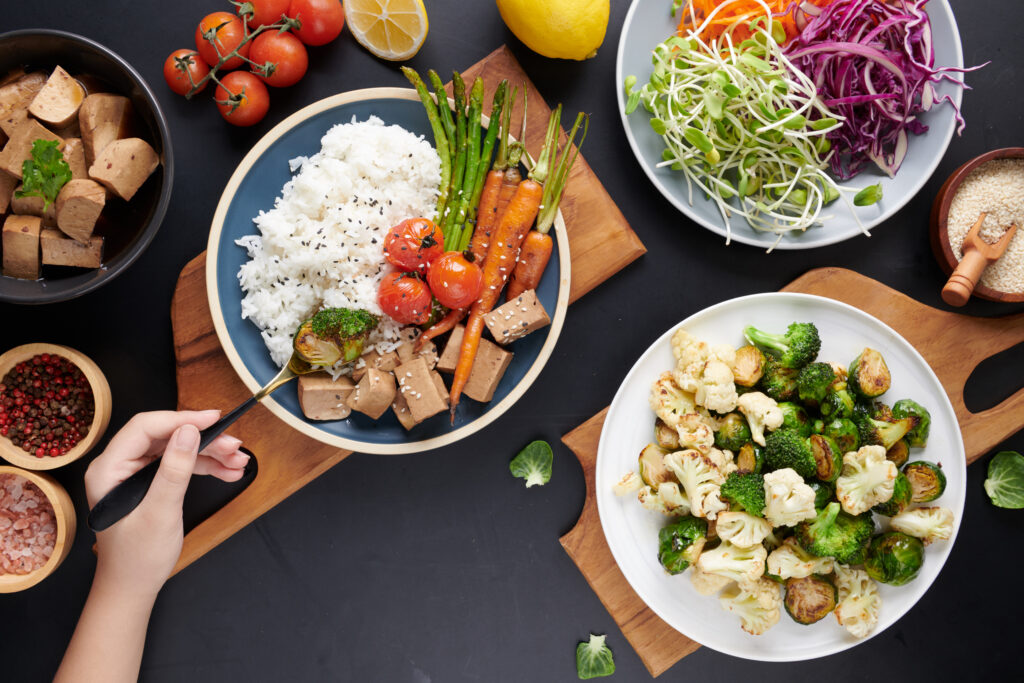- LIFE
130 Tuesday Blessings to Keep You Motivated


Finding delicious meals that are both healthy and budget-friendly can often feel like a daunting task. However, with the right approach and a little creativity, it’s entirely possible to enjoy nutritious meals without breaking the bank. This guide will provide you with practical strategies, easy-to-follow recipes, and tips for making the most out of affordable ingredients, ensuring that healthy eating is accessible to everyone.

Cooking healthy meals on a budget requires a strategic approach. By focusing on versatile ingredients and mastering simple cooking techniques, you can create a variety of dishes without overspending. Start by stocking your pantry with staples like rice, beans, oats, and frozen vegetables. These ingredients are not only inexpensive but also nutritious and can be used in numerous recipes.
Batch cooking is another effective method. Prepare large quantities of meals that can be portioned out and frozen for later use. This not only saves money but also ensures you always have a healthy meal ready to go. Additionally, consider using cooking methods such as steaming, roasting, and slow cooking, which preserve nutrients and enhance flavors without requiring expensive equipment.
Enhancing the flavor of budget-friendly meals doesn’t have to involve costly ingredients. Instead, focus on using herbs and spices, which are affordable and can transform any dish. For example, cumin and paprika can add depth to a simple bean stew, while fresh herbs like cilantro or parsley can brighten up a salad or soup.
Fermentation is another cost-effective way to boost flavor. Foods like sauerkraut and kimchi not only add a tangy taste but also provide probiotics beneficial for gut health. Additionally, incorporating umami-rich ingredients such as soy sauce, mushrooms, and tomatoes can enhance savory flavors, making dishes more satisfying.

This colorful stir-fry is packed with nutrients and can be made in under 30 minutes.
A hearty and comforting soup that’s perfect for any time of the year.
This refreshing salad is quick to prepare and full of flavor.
A classic Italian pasta dish that’s simple yet flavorful.
These tacos are both filling and flavorful, perfect for a quick dinner.

Meal prepping is a fantastic way to ensure you have healthy meals ready throughout the week without the need for daily cooking. Start by selecting a few recipes that share similar ingredients to minimize waste and save money. Cook these meals in large batches and portion them into individual containers. This not only saves time but also helps with portion control and reduces the temptation to order takeout.
Consider prepping ingredients such as grains, proteins, and vegetables separately. This allows for mix-and-match meals, providing variety with minimal effort. For instance, cooked quinoa can be used in salads, stir-fries, or as a side dish. Roasted vegetables and grilled chicken can be combined in numerous ways, ensuring you never get bored.
Even with the best intentions, mistakes can happen in the kitchen. One common error is overcooking vegetables, which not only diminishes their nutritional value but also their flavor and texture. To avoid this, cook vegetables until just tender, retaining their vibrant color and nutrients.
Another mistake is not seasoning adequately. Budget-friendly meals can sometimes lack depth if not properly seasoned. Use salt, herbs, and spices generously to enhance the taste. If a dish turns out bland, a splash of vinegar or a squeeze of lemon can brighten flavors instantly.
Lastly, failing to plan can lead to food waste and unnecessary spending. Always make a shopping list before heading to the store and stick to it. This ensures you only buy what you need, keeping your budget in check.
Affordable ingredients can be incredibly nutritious, providing essential vitamins and minerals without a hefty price tag. For example, beans and lentils are excellent sources of protein and fiber, supporting digestive health and keeping you full for longer. Oats are rich in beta-glucans, which have been shown to lower cholesterol levels.
Frozen fruits and vegetables are another budget-friendly option. They are often picked and frozen at peak ripeness, retaining their nutritional content. Incorporating these into your meals ensures you get a variety of nutrients without spending a fortune.
Whole grains like brown rice and quinoa are not only filling but also packed with nutrients like magnesium and iron. These ingredients are versatile and can be used in a wide range of dishes, making them a staple in any budget-conscious kitchen.